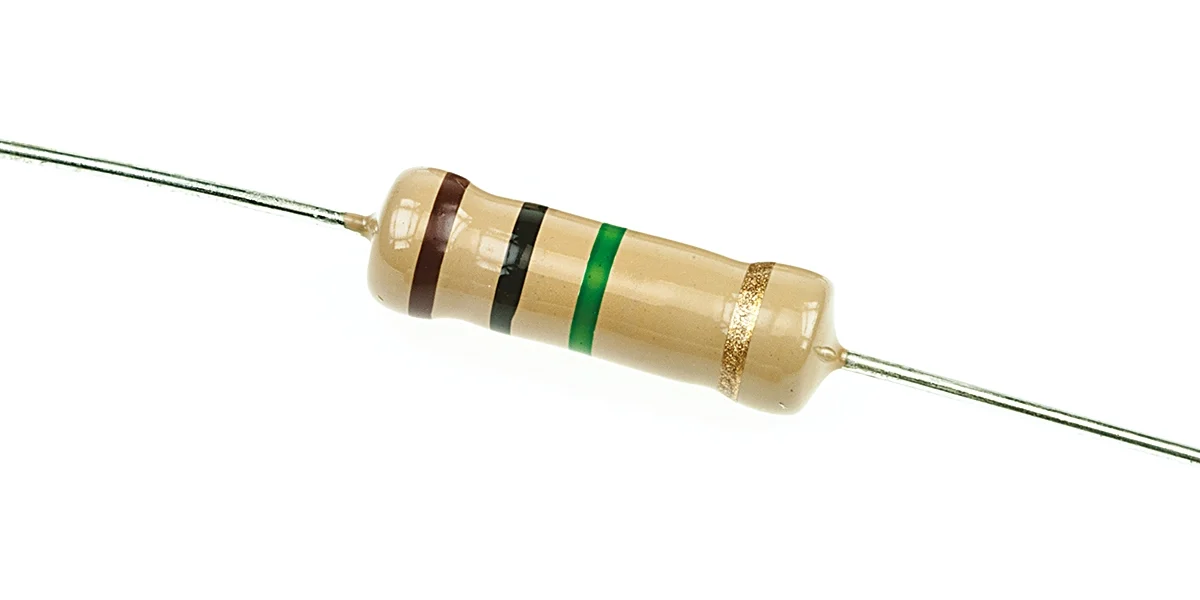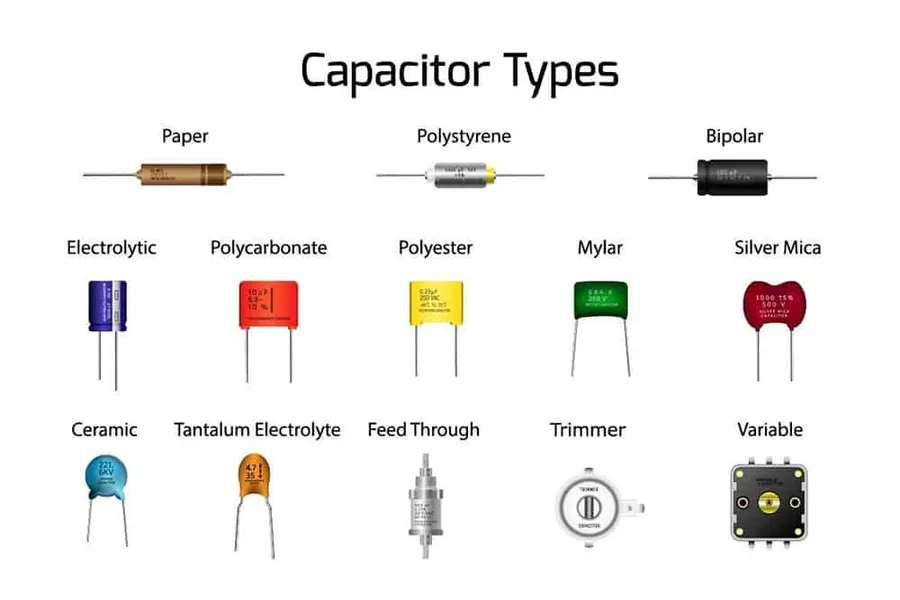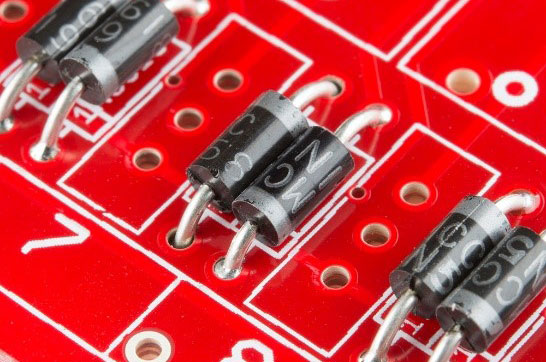If you're curious about what makes a router or switch tick, you're in the right place. At the heart of these devices lies a printed circuit board (PCB) packed with essential components like resistors, capacitors, diodes, and transistors. These basic PCB components work together to manage data flow, power distribution, and signal integrity in networking equipment. In this blog, we'll break down the role of each component on a router or switch PCB, explain how they function, and highlight their importance in ensuring seamless connectivity. Let’s dive into the world of router PCB design and uncover the building blocks of modern networking.
What Is a Router/Switch PCB and Why Does It Matter?
A router or switch PCB is the central hub of electronic activity in networking devices. It’s a flat board made of insulating material, like fiberglass, with conductive copper traces that connect various components. These components process signals, manage power, and enable communication between devices on a network. Without a well-designed PCB, a router or switch wouldn’t be able to direct data packets or maintain stable connections.
Understanding the basic PCB components on these boards is crucial for engineers, hobbyists, and tech enthusiasts. Whether you're designing a custom router PCB or troubleshooting a faulty switch, knowing what each part does helps you make informed decisions. Plus, with the growing demand for faster and more reliable networks in 2025, optimizing PCB designs has never been more important.
The Core Components of a Router/Switch PCB
Every router or switch PCB is built with a set of fundamental components that handle specific tasks. Below, we’ll explore the most common ones—resistors, capacitors, diodes, and transistors—and explain their roles in networking hardware.
1. Resistors: Controlling Current Flow
Resistors are small, often color-coded components that limit the flow of electric current in a circuit. On a router or switch PCB, they play a vital role in protecting sensitive parts from damage due to excessive current. For example, resistors are often placed in series with LEDs to prevent burnout or near integrated circuits (ICs) to set specific voltage levels.
In networking devices, resistors also help with signal conditioning. They can form part of a voltage divider circuit to adjust signal levels for data processing chips. A typical resistor on a router PCB might have a value of 1kΩ (1000 ohms) to manage current in low-power signal lines. Without resistors, circuits could overheat or fail, leading to dropped connections or hardware damage.

2. Capacitors: Storing and Smoothing Energy
Capacitors are another key component on a router or switch PCB. They store electric charge and release it when needed, acting like tiny batteries. Their main job is to smooth out voltage fluctuations and filter noise from power lines. In a router, capacitors ensure that the power supply to critical chips, like the central processing unit (CPU), remains stable even during sudden spikes in demand.
For instance, a ceramic capacitor with a value of 0.1μF (microfarads) might be placed near a microprocessor to decouple noise, while larger electrolytic capacitors (e.g., 100μF) handle bulk power smoothing. Capacitors also play a role in timing circuits, helping maintain the clock signals that synchronize data transfer. Without them, a router could experience glitches or data loss.

3. Diodes: Directing Current Flow
Diodes are semiconductor devices that allow current to flow in only one direction. On a router or switch PCB, they’re often used for protection and signal management. For example, a diode might be placed near the power input to prevent damage from reverse polarity—if someone accidentally connects the power supply backward, the diode blocks the harmful current.
In addition, diodes are used in signal clipping circuits to protect sensitive components from voltage spikes. A common type, like the 1N4148 signal diode, can handle small currents and switch quickly, making it ideal for high-speed data lines in networking equipment. Some router PCBs also use light-emitting diodes (LEDs) as status indicators, showing whether the device is powered on or transmitting data.

4. Transistors: Switching and Amplifying Signals
Transistors are the workhorses of modern electronics, acting as switches or amplifiers. On a router or switch PCB, they’re used to control high-speed data signals and manage power distribution. For example, a bipolar junction transistor (BJT) might amplify weak signals from a network port before they’re processed by the main chipset.
In many designs, metal-oxide-semiconductor field-effect transistors (MOSFETs) are used as power switches to turn on or off specific circuits, conserving energy when parts of the router are idle. A typical MOSFET on a router PCB might handle currents up to 5A at 12V, ensuring efficient power delivery. Transistors are essential for the fast switching speeds required in modern networks, often operating at frequencies above 100 MHz for Gigabit Ethernet.
How These Components Work Together on a Router/Switch PCB
While each component has a specific role, their true power lies in how they interact. Let’s consider a simplified data processing circuit on a router PCB. Incoming data signals from an Ethernet port pass through resistors and capacitors to filter out noise and adjust voltage levels. Diodes protect the circuit from surges, while transistors amplify the signals before they reach the main processor.
Meanwhile, capacitors near the power supply ensure a steady voltage, preventing crashes during high traffic. Transistors also act as switches in the power management system, shutting down unused ports to save energy. This teamwork ensures that data moves smoothly at speeds up to 1 Gbps or higher, with minimal latency or packet loss.
In a switch PCB, similar principles apply, but the focus might be on handling multiple ports simultaneously. The components must manage crosstalk and interference between channels, often using carefully placed capacitors and resistors to maintain signal integrity across distances of several meters via Ethernet cables.
Challenges in Designing Router/Switch PCBs with Basic Components
Designing a router or switch PCB isn’t just about placing components on a board. Engineers face several challenges when working with basic PCB components:
- Signal Integrity: High-speed data signals, often exceeding 100 MHz, can degrade due to parasitic capacitance or resistance. Careful placement of capacitors and resistors is needed to minimize interference.
- Heat Management: Transistors and resistors generate heat, especially under heavy load. Without proper spacing or heat sinks, a router PCB could overheat, leading to failures.
- Space Constraints: Modern routers and switches are compact, so fitting all components onto a small PCB requires precision. Surface-mount components, which are smaller than through-hole ones, are often used despite being harder to solder.
- Power Efficiency: With energy costs rising, designing circuits that use transistors for efficient power switching is critical to reduce consumption during idle periods.
By understanding the behavior of basic components like resistors and capacitors, designers can address these challenges and build reliable, high-performance networking devices.
Why Quality Matters for Basic PCB Components
Not all resistors, capacitors, diodes, and transistors are created equal. Low-quality components can fail prematurely, leading to dropped connections or complete device failure. For example, a poorly made capacitor might leak or lose capacitance over time, causing power instability. Similarly, a transistor with inconsistent switching behavior could disrupt data flow.
When sourcing components for a router or switch PCB, it’s essential to choose reliable parts with tight tolerances. A resistor rated at ±1% accuracy, for instance, ensures precise current control compared to a cheaper ±5% option. Investing in quality components upfront saves time and money by reducing the need for repairs or redesigns.
Tips for Working with Router/Switch PCB Components
If you’re designing or repairing a router PCB, here are some practical tips to keep in mind:
- Start with a Clear Schematic: Map out where each component goes before soldering. This prevents mistakes and ensures resistors, capacitors, and other parts are placed for optimal performance.
- Use Proper Tools: A fine-tip soldering iron and multimeter are essential for working with small components like surface-mount transistors or diodes.
- Test Voltages and Signals: After assembly, measure voltage across capacitors and check signal levels at key points to confirm the circuit works as intended.
- Check Component Ratings: Ensure resistors can handle the expected current (e.g., 0.25W for low-power lines) and capacitors match the required voltage (e.g., 16V for a 12V system).
Following these steps helps you build or fix a router or switch PCB with confidence, ensuring reliable operation for years.
Future Trends in Router/Switch PCB Design
As we move further into 2025, router and switch PCB designs are evolving to meet the demands of faster networks like Wi-Fi 6E and 5G. Basic components are being pushed to their limits, with transistors switching at higher frequencies (up to 2.4 GHz for wireless signals) and capacitors handling greater power densities.
Miniaturization is another trend, with smaller surface-mount components allowing for denser PCB layouts. At the same time, energy efficiency remains a priority, driving the use of advanced transistors for power management. Staying updated on these trends ensures that your PCB designs remain competitive in a rapidly changing industry.
Conclusion: Mastering Basic PCB Components for Networking Success
Understanding the basic components on a router or switch PCB—resistors, capacitors, diodes, and transistors—is the foundation of effective networking hardware design. These parts work together to manage power, process signals, and ensure reliable data transfer, making them indispensable in modern devices. By learning their roles and challenges, you can design or troubleshoot router PCBs with greater skill and precision.
Whether you’re a seasoned engineer or a beginner exploring router PCB design, focusing on quality components and thoughtful layouts will set you up for success. As networking technology advances, staying informed about these building blocks will keep you ahead of the curve. With this knowledge, you’re ready to tackle the complexities of PCB design and build devices that power seamless connectivity.
 ALLPCB
ALLPCB







